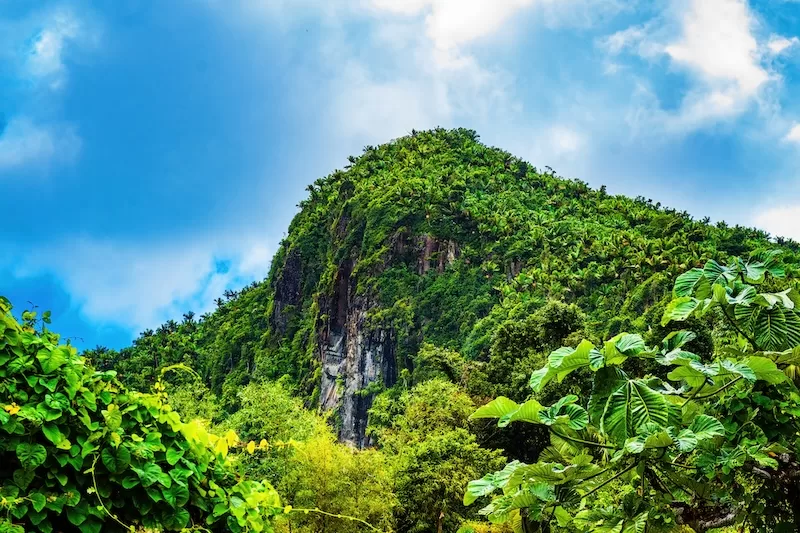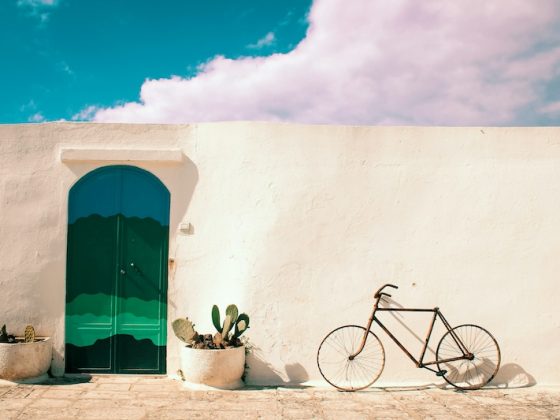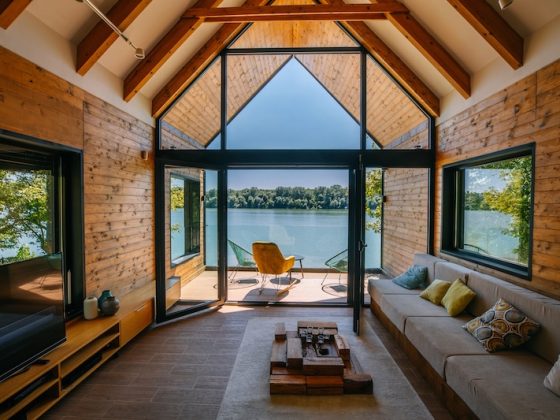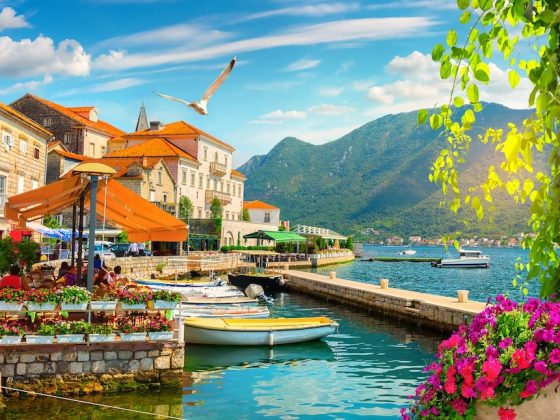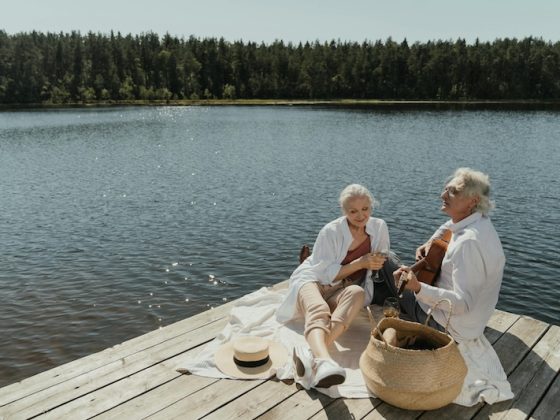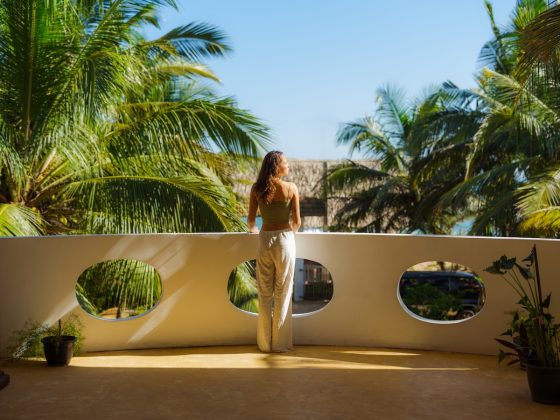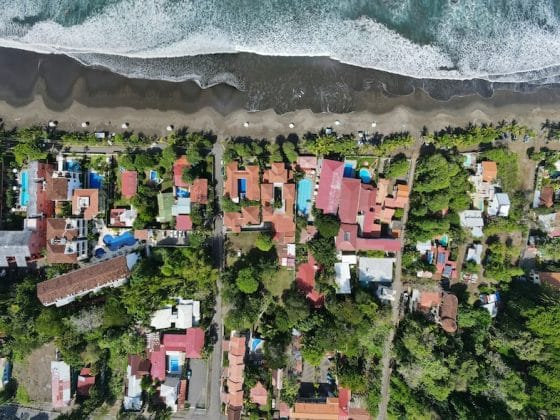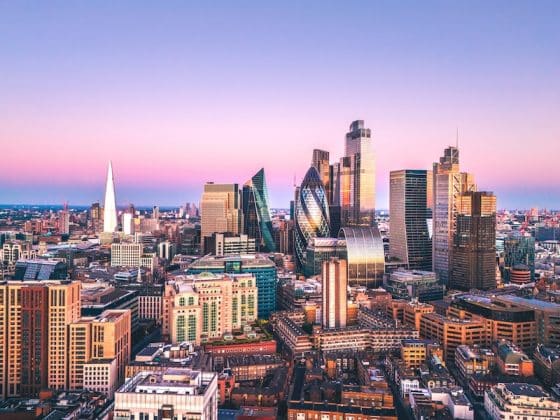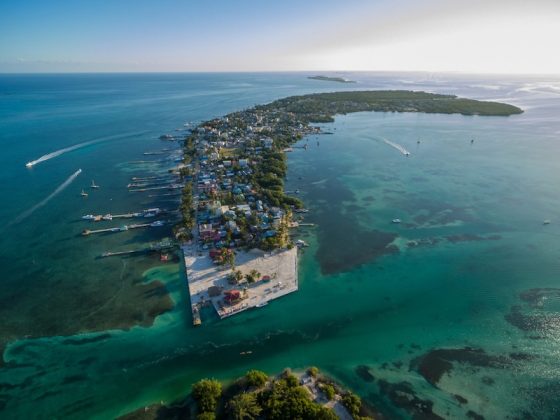Raised in New York city by the head writer at ABC News, I had my pick of plum jobs after studying at one of the country’s top journalism schools. The problem was that I was unable to settle on any one of them as the years started ticking past. “A rolling stone gathers no moss,” my mother would warn. In truth, I didn’t think I was suited for a news station or corporate life, but I couldn’t yet say it out loud. “We grew up in the Great Depression,” my father would chime in. “Opportunities were few and far between.”
After my mother died in 1994, I moved to Washington, D.C. and met a great guy named Paul. We moved to California, got married, and secured top jobs at a major biotech firm. By the early 2000s, we had healthy bank accounts, a lovely home in the mountains, and far too many vehicles for two people.
But something felt off. It may have been the 60-hour work weeks or that we took two lengthy vacations every year, yet always felt exhausted upon our return. Then there were the troubling symptoms—bouts of vertigo, persistent IBS and daily panic attacks—and tests that revealed I’d been suffering from acute stress.
Finally, some terrible news turned out to be a huge blessing. In mid-2007 I visited my doctor with the usual complaints. She did her check-up, asked a few questions, then looked me dead in the eye and said if I didn’t change my life I wouldn’t see my 45th birthday. I was 41 at the time.
Paul responded to my death sentence with a plan: escape the corporate world for life on a farm. That sounded great to me, so we started watching for “the sign” that told us it was time to make our move. A handful of months later, our employer announced plans to lay off a sizable chunk of the workforce. We gave notice, cashed out our stock, sold our home, and started laying the groundwork for a life of self-sustainable farming.
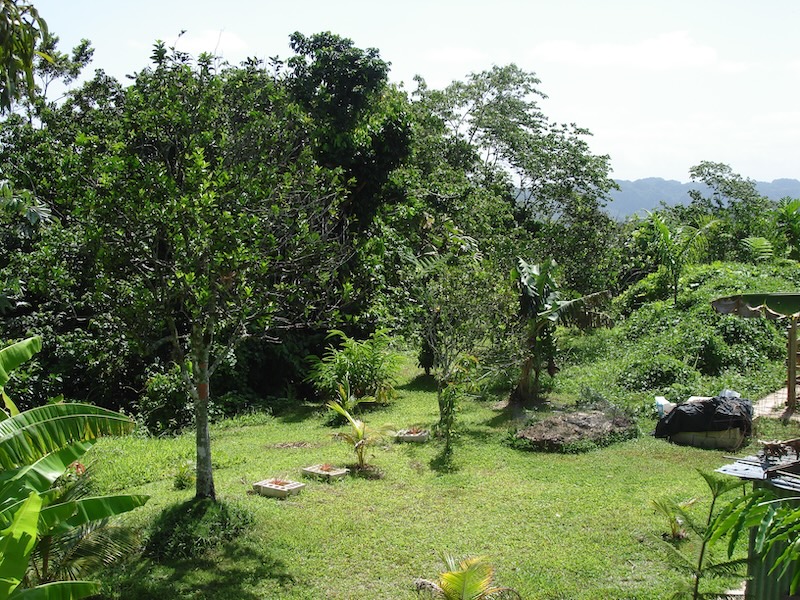
La Isla del Encanto
We discussed a few possibilities, but when it came time to decide where to go, one place kept popping up. We’d vacationed in Puerto Rico twice and loved it, particularly the second trip, when we stayed on a farm in the mountain town of Utuado.
By Day Four, we felt as though we’d been wandering the globe aimlessly for years and had finally found our home—like Odysseus reaching Ithaca. We fell so hard for that farm that we asked the owners, an elderly Colombian couple, if we could rent it while we looked for a property of our own. They agreed.
“Why would you give up all of this?!” Paul’s sister asked just before we left the US, arguing that we were throwing all of our parents’ hard work back in their faces. She may have had a point, but we knew we couldn’t keep up the rat-race charade until retirement, then buy an RV and drive around the country. That life held no appeal for us.
We knew five words of Spanish between us, which may have been charming on vacation, but not while living in the sticks.
Sure, we knew five words of Spanish between us, which may have been charming on vacation, but not while living in the sticks. Had we stayed in or near the capital, San Juan, we could have lived the rest of our lives on those five words. But capital city and farming are rarely found in the same sentence. Still, Puerto Rico is not called the Isle of Enchantment for nothing.
Setting aside the threat of hurricanes, we’d have warm weather year-round. A U.S. territory, Puerto Rico meant no immigration process. There was also a clear familiarity, with Home Depot and Walmart everywhere. ATMs spit out dollar bills, so there’s no constant calculating of exchange rates and currency values. And of course, it’s absolutely beautiful.
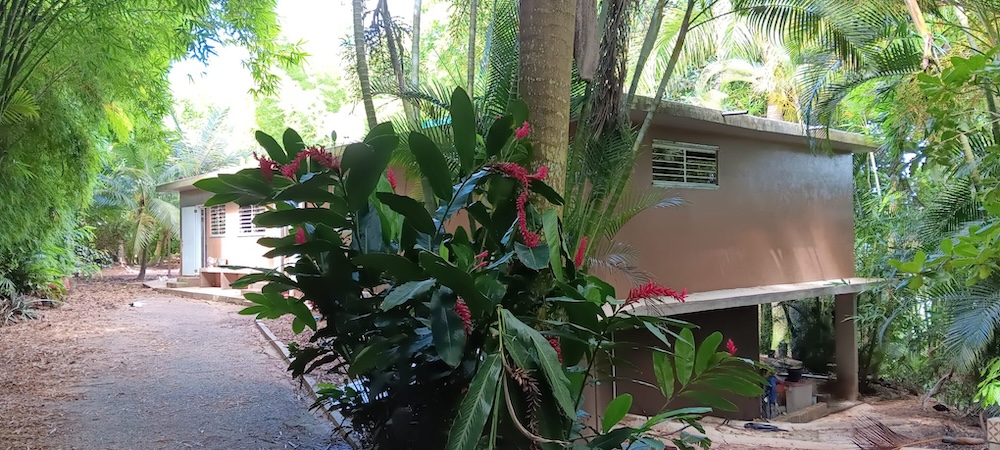
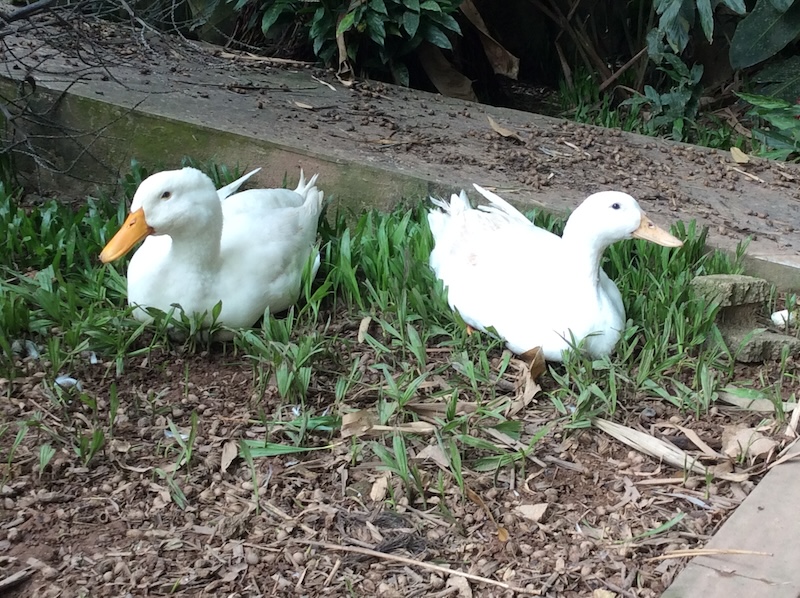
Our New Homestead
After a six-month search that took us all over the island, we visited a 15-acre property a few miles from our rental. Set far back from the rolling country road, it provided a level of privacy and seclusion neither of us had ever experienced before.
The 1500-foot elevation gave us stunning views of a nearby lake and the surrounding countryside, which encouraged the very serenity we were after. We arrived in the early morning, greeted by rising clouds, and imagined ourselves eating breakfast in the sun on our southeast-facing patio.
We could see clear across the valley—not another structure in sight. We knew we’d found our new home. On the last day of 2009, these two rat-race escapees began their new Puerto Rican farm life. We added a big new wing to the tiny old farmhouse, and a sizable patio, enabling us to watch the low clouds burn off in the sun every morning and darkness fall during dinner.
Our arrival, of course, did not go unnoticed. Word spread that two “Americanos” had left the corporate grind to seek purpose on a farm. It didn’t help that, at the time, many Puertoriqueños were leaving the island to seek prosperity elsewhere, primarily due to US trade regulations that heavily favored American businesses.
I can’t blame them. Consider that in the poorest US state, Mississippi, the median income for a family of three is $75,000, while in Puerto Rico it’s barely $32,000. Yet the Jones Act, which requires all imports to arrive on US ships, means most stuff in Puerto Rico—pens and paper, shoes and pants, even pasta and flour—costs 50 percent more than in the U.S.
Seeking to avoid being lumped in with the snooty expat American crowd, we dove into farm life. We bought starter chickens for eggs and adopted dogs for companionship and security. We met a local Austrian man named Sadhu, who’d learned how to farm in the tropics in India and successfully applied these practices in Puerto Rico.
After visiting his farm, we knew we had to emulate his operation: fruit trees from tropical climates and bamboo from South America, in addition to animals. Sadhu became our mentor and supplier of seeds. He also sold us our first goats, sisters Amani and Mayani, plus a sire named Ravi. We loved them so much we named our new homestead Mayani Farms.
But our favorite neighbor is Olga Zeda—whom I affectionately refer to as La Jefa del Barrio. In short, if you need anything, from garbage pickup to encouraging a suspicious dude hanging around your entrance gate to buzz off, Olga’s your gal.
We play dominoes with her every chance we get. I’ve gotten really good. Her nephew Miguel once asked us if we were in witness protection because he couldn’t figure out why anybody would give up the SoCal good life to be Caribbean farmers.
Farming in Puerto Rico is not for the soft. Power outages are random, frequent, and often last hours. Power surges are equally problematic.
High Highs and Low Lows
Miguel had a point: farming in Puerto Rico is not for the soft. Power outages are random, frequent, and often last hours. Power surges are equally problematic. We can never leave the house with the computer or backup battery on.
Of course, homesteading has its delights. Setting aside my freelance writing, there’s nothing like playing with goats, enjoying the antics of 100-plus ducks and chickens, or hiking with our pack of dogs. But it’s a bit like parenting kids who never grow up.
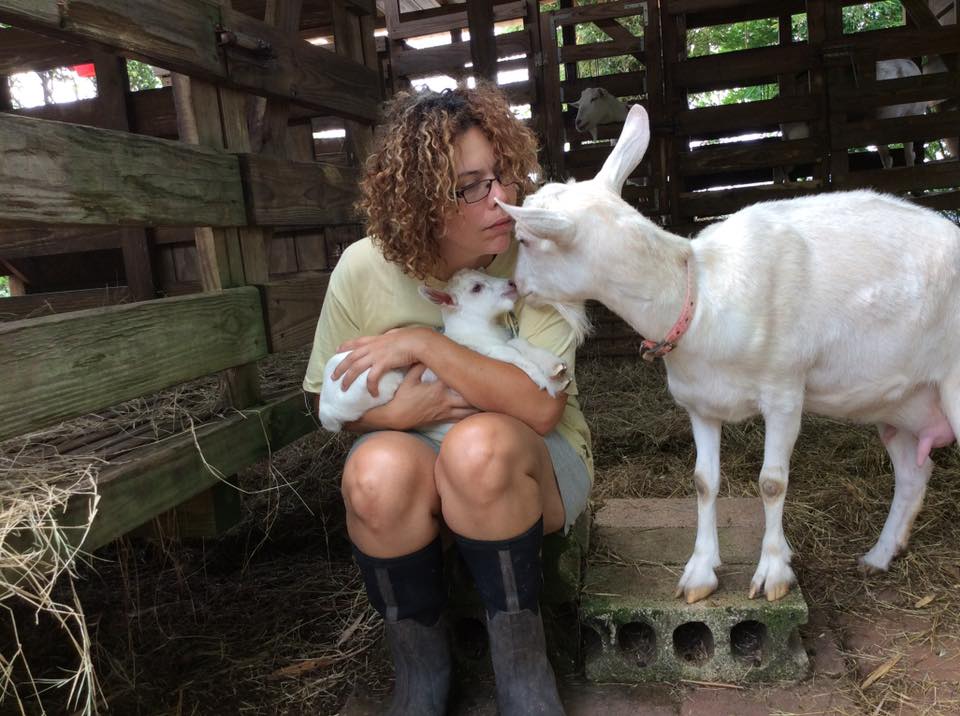
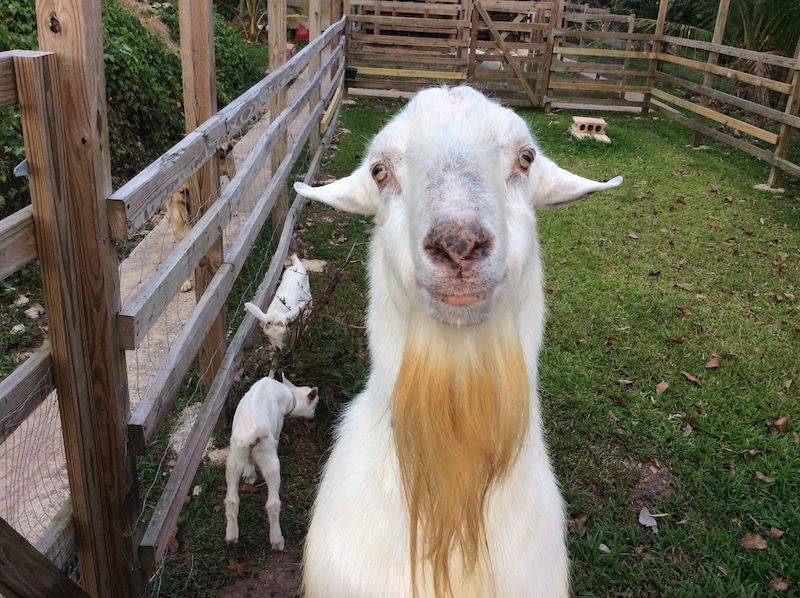
The emotional stakes are admittedly lower, but the risk is astronomically higher—and we know this all too well. Towards the end of summer 2014, we decided to do our first goat-mating, Amani with Ravi. By the time January arrived, we were all set to welcome Amani’s newborn kids, as young goats are known.
She went into labor, but then nothing happened. We’d read countless articles on goats and birthing, and consulted Sadhu, so we weren’t totally in the dark. Something seemed amiss. Guided by our vet over the phone, Paul started to play midwife, reaching inside Amani to massage her cervix so it would open.
One baby was breech, so I received instructions from the vet and passed them on to Paul who slowly reached in to turn around the tiny goat. Within minutes both were out, searching and sniffing for their mama’s milk. Flooded with emotion, we named them Goatita and Sophie.
Two weeks later, Sophie died from tetanus. It was as crushing as their birth had been uplifting. But a year later, Goatita had kids of her own, twin boys. Overjoyed, we sent out birth announcements to our friends and neighbors.
The farm we had spent nine years building was essentially no more. But we had our health, our land, and our animals, so we got back to work.
The Tempest
We’d just started to find our groove when Hurricane Maria struck with stunning force. We’d ridden out many tropical storms and a few Category 1s and had been preparing for the big one for years. We were confident our house could withstand a Category 5, but we had our concerns.
As Maria bore down in mid-September 2017, we scrambled to board up windows, secure our animals in shelters, and brace ourselves for the worst. The wind started whipping in the early morning as Maria crossed over the coast and made its way toward Utuado.
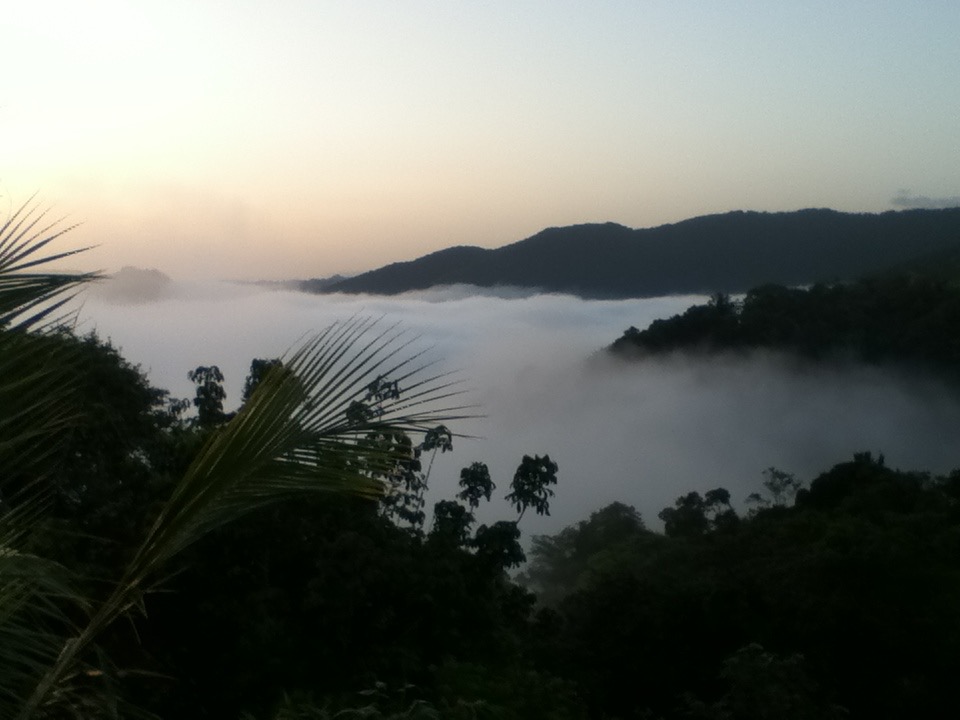
By 9:30 am the eye of a Category 4 hurricane stood a few dozen miles from our farm, where ferocious 150-mph winds shattered our greenhouse, sliced off countless massive tree branches and freed most of our young fruit and bamboo trees from the earth.
The wind and rain were so fierce that at one point we wondered if the custom-made “tormentillas” that covered our windows and doors could stop Maria’s fury. But by early afternoon, the worst had passed and we stepped outside to assess the damage. It looked like nature had gone to war with itself—and lost.
The farm we had spent nine years building was essentially no more. But we had our health, our land, and our animals, so we got back to work, as farmers do. It took us four days to clear the debris, which actually provided great organic material.
We may have been luckier than most: the road beyond our gate looked like a Medieval nightmare of mudslides and uprooted trees. Thankfully, Olga’s cousin Macho came around with his backhoe to clear the road and help people out.
Soon, we started to see the outlines of normalcy returning.
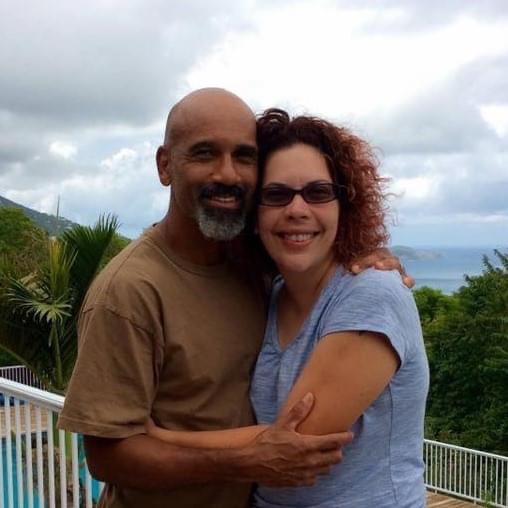
The Next Big Step
We may not fear the next hurricane, but after Maria we have a healthy respect for nature’s power. We like to think we’re prepared for anything, but we’re in our 60s now and less able to ride the roller coaster of rural farm life.
I fractured my back when I was 18, and now, more than ever, it likes to remind me that my best days are behind me. But more than hurricanes, we fear the vast uncertainty swirling around human civilization. As couples do, Paul and I run through our days over dinner, and talk invariably leads to the future and our place in it.
Whether it’s another pandemic, more hyperinflation, a global depression, World War III, AI coming to take everybody’s jobs or some other catastrophe we have yet to imagine, the future seems like a dark place, so we’re mulling major changes.
One is moving to a smaller, flatter farm, which would do wonders for my back and our efficiency. Also, we’d like to go completely off-grid and move outside the bounds of constant 21st-century connectivity. We’ve been talking about this since we’d arrived, but maybe we needed transition time between our old lives in the new world and new lives in this older world.
Not having internet, besides our phones, is one thing. What’s worse is that I’ll need to stop my writing, which means we’re more than likely to be poor, truly poor, by almost any metric.
But to be honest, I never understood why moss should be seen as desirable. If I come upon two stones in the woods, and one is covered in moss and the other is glistening and gray, my eyes and mind will tend toward the latter.
We recently put our farm on the market. We hope a young couple will see it and fall in love the way we did years ago. And this stone will keep rolling on. ■
————–
Sarah Ratliff is a corporate America escapee turned writer and eco-organic farmer in the mountains of Puerto Rico. Find more of her work here.
Sarah Ratliff
Contact Author
"*" indicates required fields
Stay Ahead on Every Adventure!
Stay updated with the World News on Escape Artist. Get all the travel news, international destinations, expat living, moving abroad, Lifestyle Tips, and digital nomad opportunities. Your next journey starts here—don’t miss a moment! Subscribe Now!
